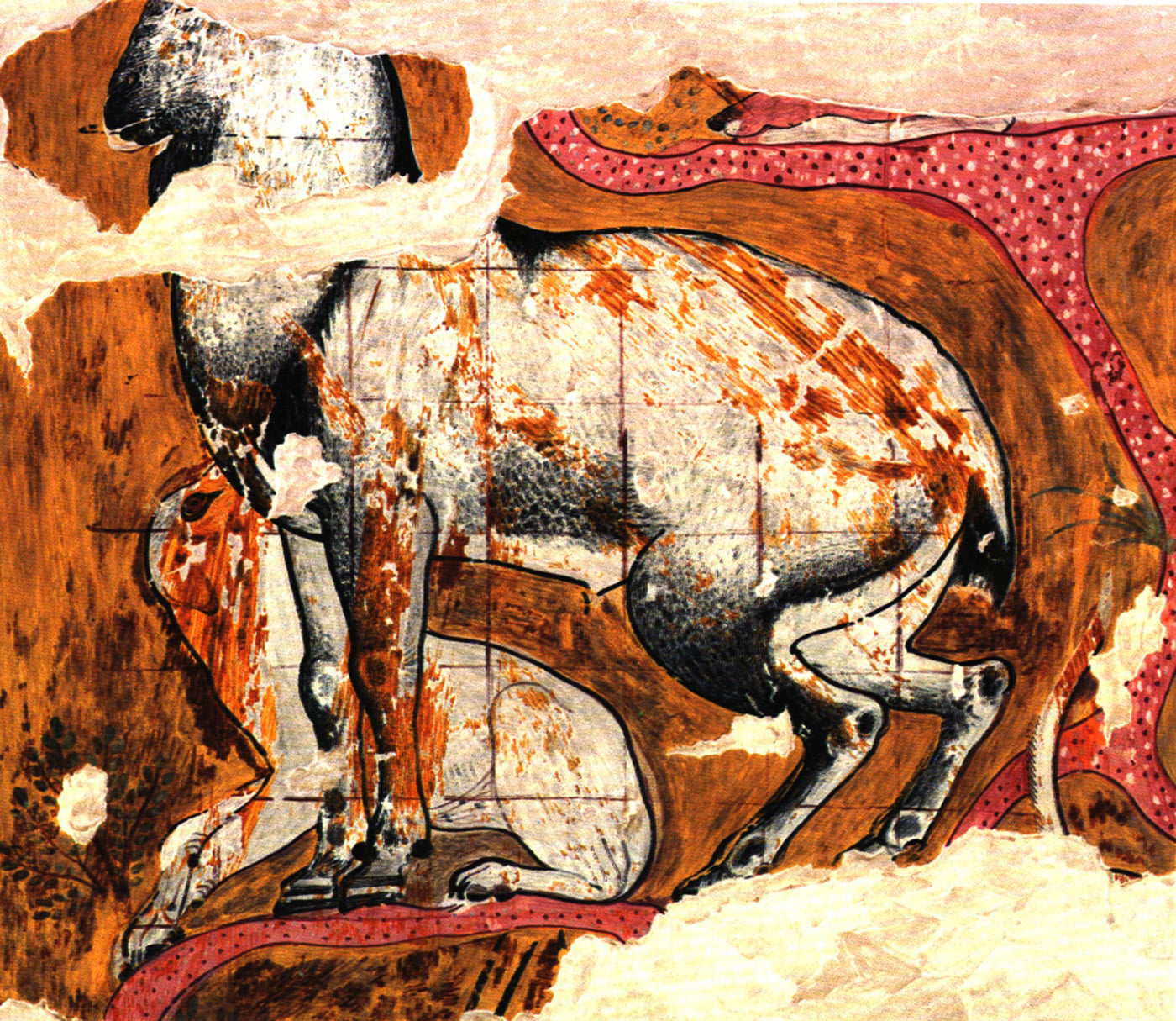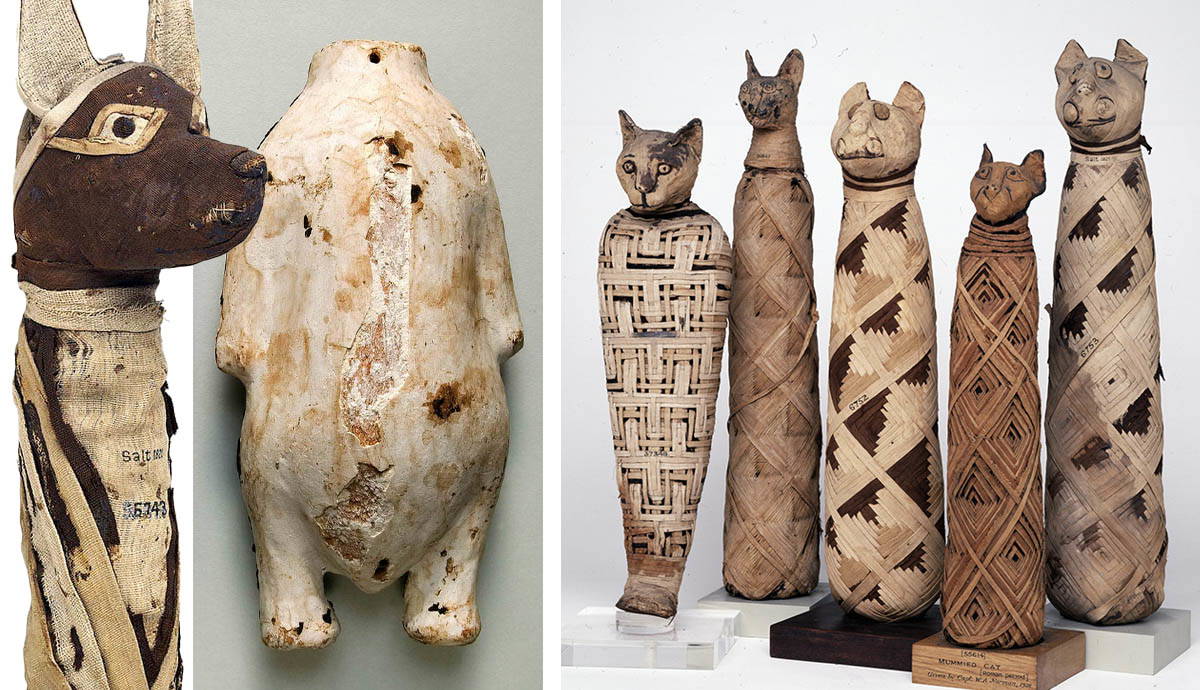In the annals of history, the enigmatic civilization of ancient Egypt continues to captivate and astound scholars and enthusiasts alike. A recent discovery has reignited the fervor for unraveling the mysteries of this bygone era. The tantalizing puzzle centers around mummified animals, which have long been considered an integral part of Egypt’s spiritual, cultural, and religious tapestry.

The title “Evidence of diet, deification, and death within ancient Egyptian mummified animals” merely scratches the surface of the revelations that lay hidden within the preserved remains. Through meticulous examination and cutting-edge scientific techniques, researchers have begun to peel back the layers of time, shedding light on the intricate relationships between these mummified creatures and the civilization that revered them.


At first glance, these mummies might seem like curious curiosities or mere symbolic offerings. However, they hold within them a wealth of information about the dietary habits of ancient Egyptians, providing a fascinating glimpse into the sustenance that sustained both the people and the animals of that era. Traces of pollen, food remnants, and other microscopic evidence are now emerging from the cryptic confines of these artifacts, painting a vivid picture of the intertwined lives of humans and animals.

But the intrigue doesn’t stop at diet. Religious practices and deification were integral aspects of ancient Egyptian society, and these mummified animals played an indispensable role in the complex pantheon of gods and goddesses. From cats, associated with the protective deity Bastet, to ibises linked with Thoth, the god of wisdom, these animals were believed to embody divine qualities. Their mummification was a tangible manifestation of reverence, a bridge between the mortal and the divine.
Moreover, the process of mummification itself has yielded astonishing insights into the rituals surrounding death and the afterlife. Elaborate tombs, intricate amulets, and carefully crafted funerary rituals reveal an intricate belief system that sought to ensure a prosperous journey to the afterlife for both humans and their animal counterparts. The mummified animals, meticulously prepared and interred alongside their human counterparts, were a testament to the Egyptian conviction that death was not an end but a transition to a higher plane of existence.
As the evidence continues to accumulate, it becomes clear that these mummified animals were not mere trinkets or offerings, but integral components of a complex web of life, death, and spirituality that defined ancient Egyptian society. Each artifact unearthed, each detail decoded, adds another layer to our understanding of a civilization that left an indelible mark on the tapestry of human history. The title may have promised evidence, but what it delivers is a breathtaking revelation of the profound interconnectedness between humans, animals, and the divine in the sands of ancient Egypt.